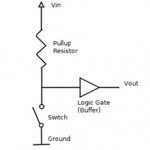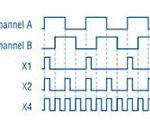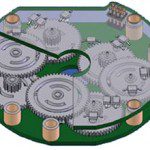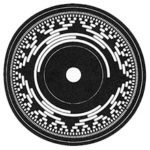To understand a pull-up resistor, it helps to first understand how encoder output is generated. Incremental encoders can provide several types of digital output, with the three primary types being open collector, push-pull, and line driver. Open collector output is considered sinking, while the line driver type is considered sourcing, and push-pull output is both […]
encoder
Determining pulses per revolution for an encoder application
Incremental encoders determine rotary position by generating a specific number of pulses per revolution (PPR) and counting those pulses as the encoder spins. The PPR rating indicates resolution, and is typically the most important factor when selecting an incremental encoder. But how do you determine what PPR is needed for a specific application? Fortunately, establishing the required […]
FAQ: What’s the difference between single and multi-turn rotary encoders?
Absolute rotary encoders output precise position information—even after a power-off condition—by assigning a unique digital value, or “word,” to each shaft position. But in applications where the encoder makes more than one revolution during the process, there is no way to know how many turns it has completed. At least not with the traditional type […]
Resolver versus encoder — what’s the difference?
Resolvers and encoders are both devices that measure the rotary position of a shaft by converting mechanical motion into an electrical signal. Resolvers have a longer history, originally used in military applications and adopted for industrial use due to their rugged design. But encoders are taking the place of resolvers in many applications. What’s driving the shift […]





